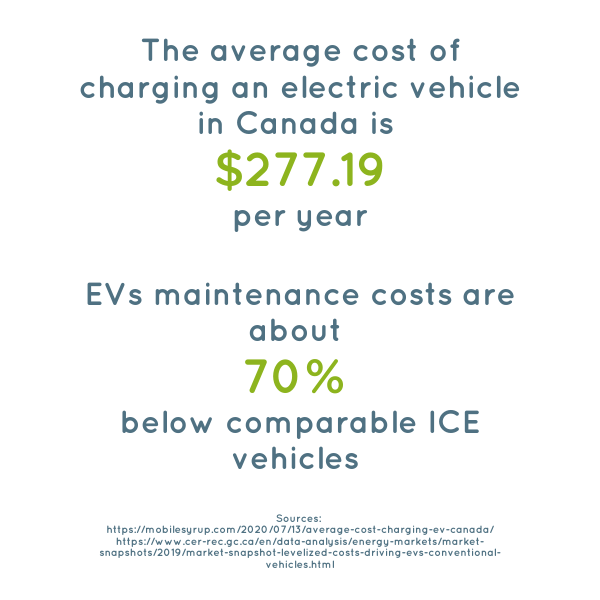Electric Vehicles
Why Drive an EV?
EVs provide a number of benefits to both individuals and organizations; from cost savings and improved performance, to reducing your environmental impact. But EVs are only a piece of the puzzle if we were going to reach our community’s 80 by 50 GHG reduction target.
As we become more dependent on single occupancy vehicles, our road spaces are increasingly congested and pollution is continually impacting our atmosphere. This trend upward does not have to continue though, many sustainable transportation options are readily available, including; car share programs, ride sharing apps, expanded public transportation options, and networks for pedestrians and non-motorized vehicles.
TClimateActionWR is working on a plan and support mechanisms for this bigger picture.
DriveZero’s work in the EV sector is part of this mobility revolution, to improve sustainable transportation by increasing the use of low/zero carbon transportation options.
Types of Vehicles
Gasoline or diesel is combusted, the expanding gases push pistons and turn a drive shaft.
Electricity is stored as chemical energy in batteries which powers an electric motor.
Can use fuel that powers a generator which charges a battery or powers an electric motor or be more like an ICE but an electric motor just helps out, and the battery is charged when brakes convert kinetic energy to electrical energy.
Batteries can also be charged by plugging the vehicle into a power source.
Low Environmental Impact
If you are looking to decrease your carbon footprint, and improve local air quality, an electric vehicle is a great option. EV’s provide a similar level of mobility, vehicle performance, reliability and safety as conventional vehicles but with low to zero vehicle emissions.
Including manufacture and electricity generation, average lifetime emissions from electric cars are up to
70% lower
than conventional cars in countries where most electricity is from renewables or nuclear. They are environmentally preferable in
95% of the world
What about Ontario?
In Ontario EVs have a lower carbon-intensity because of a large amount of nuclear generation. But you don’t have to charge from the grid. Options such as solar panels can provide a non-emitting electricity source as well.
And your choices matter, an EV driver in Ontario can reduce their vehicle’s GHG emissions by 67-95% by switching from a comparable compact, full-size or mid-size gasoline car to an electric car.
For information on more vehicle models, see Natural Resources Canada’s Vehicle Emission Comparison Tool
Fun to Drive
Just because you are making a more environmentally sound choice, doesn’t mean you have to sacrifice performance and enjoyment!
EVs deliver instant and smooth power from a stop, and are an entirely different driving experience because they glide effortlessly. They also typically handle well because that battery is positioned low in the vehicle, without a heavy engine above the front axle. Not to mention the priority parking spots given to green vehicles.
The best way to understand the the difference is by test driving one, follow us on Twitter and be the first to hear about test driving events!
Worried about range?
Most all-electric cars can now go 200+km on a full charge and most of us will never even need that. The average Canadian driver travels an average of 32 km daily and would only need to charge at home once per week. If you need public charging, the existing infrastructure is great and is getting even better – government and industry are investing in even more public charging infrastructure to give people the comfort and confidence to drive an EV.
This is even easier for a Level 3 charging station which can fully charge most vehicles in about a half hour. Just enough time to grab a coffee or stretch your legs!

Cost Savings
EVs not only save you money on fuel, but in their actual maintenance costs as well. The electrical system requires minimal scheduled maintenance – and there are less moving parts and fewer fluids so the cost of and maintenance is also lower. The brake systems also typically last longer compared to conventional vehicles because due to the regenerative braking technology.
The costs will only get better as EV adoption rates continue to increase and as battery costs fall (from improved technology, policies supporting development and increased production capacity), increasing the upfront cost parity to conventional vehicles.
Another cost saving comes in the form of electric vehicle government incentive programs. Despite the lack of an Ontario incentive, the Canadian federal incentive is $5,000 for Battery Electric Vehicles that start at under $45,000.
To better understand the costs associated with owning and operating an Electric Vehicle in Waterloo region, check out CAA’s Electric Vehicle Cost Calculator.
